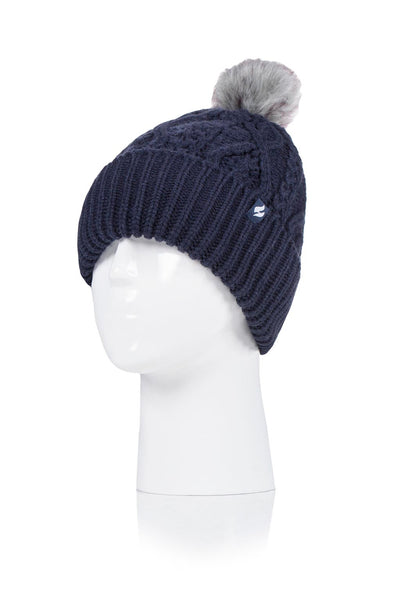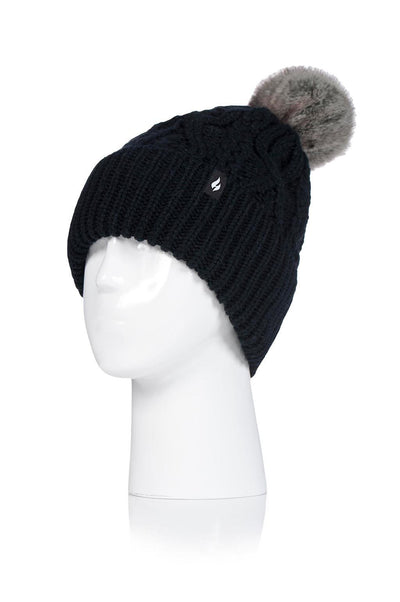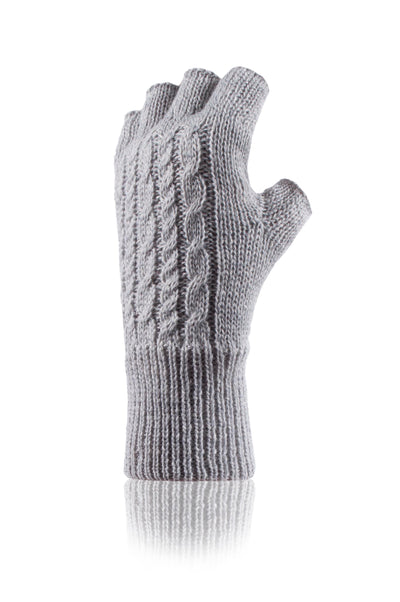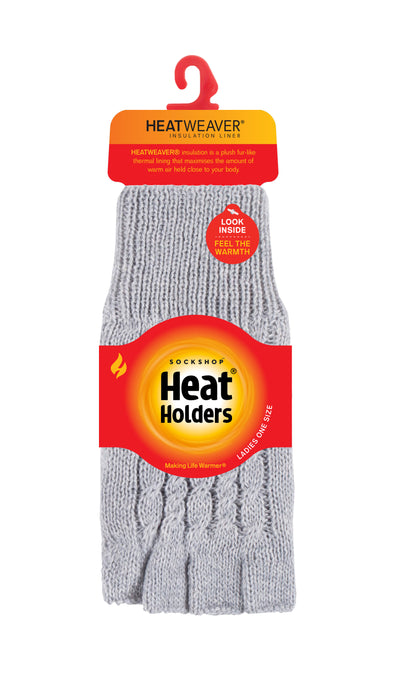Heading into the great outdoors during cold weather requires careful preparation and the right gear. As temperatures drop and conditions become more challenging, having the appropriate equipment can make all the difference. Whether you're planning a winter hike, a ski trip, or a camping excursion, these five essential pieces of gear are a must-have for your cold-weather adventures.
Understanding the Importance of Proper Cold Weather Gear
Before diving into the specifics, it's crucial to grasp the significance of having the right gear for cold-weather outdoor activities. Proper gear not only enhances your comfort but also plays a vital role in keeping you safe. Choosing the wrong gear can expose you to the risk of frostbite, hypothermia, or other cold-related issues. Therefore, investing in quality gear is a wise decision to ensure enjoyable and safe experiences in the winter wilderness.
When it comes to cold weather outdoor activities, having the right gear can make all the difference. Imagine embarking on a winter hike without proper insulation or waterproof clothing. The biting cold wind would quickly seep through your layers, leaving you shivering and uncomfortable. In extreme cases, prolonged exposure to cold temperatures without adequate protection can lead to serious health issues.
Proper gear acts as your first line of defense against the elements. Insulating layers, waterproof materials, and adequate traction on footwear contribute to maintaining your body temperature and protecting you from harsh weather conditions. Insulation is crucial for trapping your body heat and preventing it from escaping, while waterproof materials keep moisture out, ensuring you stay dry and warm. Additionally, gear that is designed for outdoor activities helps prevent accidents and injuries by providing stability and support.
The Role of Gear in Outdoor Safety
So, why is gear so important for outdoor safety? Well, let's consider a scenario where you're planning a winter camping trip. As you set up your tent and prepare for a night under the starry sky, you realize that the temperature is dropping rapidly. Without the right gear, your body heat would quickly dissipate, leaving you vulnerable to hypothermia. However, with proper insulation, a warm sleeping bag, and thermal clothing, you can sleep soundly, knowing that you are protected from the cold.
Furthermore, gear that is specifically designed for outdoor activities helps prevent accidents and injuries. Imagine trekking through icy terrain without proper traction on your footwear. One wrong step could result in a painful fall, potentially leading to sprained ankles or even broken bones. However, with the right gear, such as boots with sturdy soles and crampons for added grip, you can confidently navigate slippery surfaces, reducing the risk of accidents.
How Weather Conditions Influence Gear Choices
The choice of gear heavily depends on the prevailing weather conditions during your outdoor adventure. Cold, windy, or wet conditions require specific gear attributes to combat the elements effectively. For instance, if you anticipate rain or snow, waterproof clothing and gear are essential to keep you dry and warm. The last thing you want is to be soaked in freezing water, as it can rapidly lower your body temperature and increase the risk of hypothermia.
On the other hand, if you're planning to engage in high-intensity activities like skiing or snowboarding, breathability becomes a crucial factor. Sweating excessively without proper ventilation can lead to discomfort and even chills when you stop moving. Therefore, choosing gear that allows moisture to escape while still providing insulation is essential for maintaining a comfortable body temperature.
Understanding how weather conditions impact your gear choices is crucial for selecting the right equipment and ensuring a comfortable and safe experience. By considering factors such as temperature, wind speed, precipitation, and activity level, you can make informed decisions when it comes to your cold weather gear.
The Essential Gear List for Cold Weather Adventures
When embarking on cold-weather adventures, it is crucial to have the right gear to ensure your comfort and safety. In addition to the essentials, several key items can greatly enhance your experience in the cold. Let's take a closer look at some of these essential gear options.
Layered Clothing: The First Line of Defense
When it comes to staying warm in cold weather, layering your clothing is key. The layering system consists of three main components: baselayer, mid-layer, and outer layer.
- The base layer, in direct contact with your skin, should be moisture-wicking and snug-fitting. This layer helps to regulate your body temperature by wicking away sweat and keeping you dry.
- The mid-layer traps heat and can be in the form of fleece jackets, down vests, or synthetic fill garments. This layer provides the necessary warmth to keep you comfortable in cold temperatures.
-
The outer layer, such as a waterproof and windproof shell, acts as a shield against the elements. It protects you from rain, snow, and wind, keeping you dry and warm.
By layering appropriately, you can easily adjust your clothing to regulate body temperature and stay comfortable throughout your adventure. It also allows you to add or remove layers as needed, depending on the weather conditions and your level of activity.

Footwear: Ensuring Warmth and Traction
Proper footwear is essential for cold-weather adventures, providing both insulation and traction. Insulated boots with a waterproof exterior are ideal for keeping your feet warm and dry. Look for boots with thick soles and a good tread pattern for superior traction on slippery surfaces.
Depending on the activity, consider the use of crampons or microspikes to enhance grip on icy terrain. These additional traction devices can greatly improve your stability and prevent slips and falls.
Remember, cold and wet feet can quickly ruin your outdoor experience, so invest in quality footwear that is specifically designed for cold weather conditions.
Gloves and Mittens: Protecting Your Hands
Extremities, such as your hands, are particularly vulnerable to the cold. Investing in quality gloves or mittens is vital to keep your hands warm and protect them from frostbite. Look for gloves or mittens with insulation, waterproofing, and breathable materials. These features will ensure that your hands stay warm and dry, even in wet and snowy conditions.
Consider having a pair of liner gloves for added warmth or touchscreen compatibility. Liner gloves can be worn under your regular gloves or mittens to provide an extra layer of insulation. They are also useful if you need to use your smartphone or other touchscreen devices without exposing your bare hands to the cold.
It's also beneficial to have spare gloves in case they become wet or damaged during your adventure. Having a backup pair ensures that you can always keep your hands protected and warm.
Headgear: Shielding the Most Vital Part
A significant amount of body heat is lost through the head, making proper headgear essential in cold weather. A warm hat or beanie made from insulating materials is a must-have to minimize heat loss and retain body warmth.
Additionally, consider wearing a balaclava or neck gaiter to protect your face and neck from chilly winds. These accessories provide an extra layer of insulation and help to prevent cold air from reaching your exposed skin.
Remember, a well-covered head and neck contribute significantly to staying comfortable in the cold. Don't underestimate the importance of proper headgear in keeping you warm and protected during your cold-weather adventures.
Insulated Sleeping Bags: For Restful Nights in the Cold
For overnight cold-weather adventures, a high-quality insulated sleeping bag is key to a restful night's sleep. Look for a sleeping bag specifically designed for cold temperatures, with a temperature rating suitable for the expected conditions.
The insulation type, such as down or synthetic, affects the bag's warmth and weight. Down insulation provides an excellent warmth-to-weight ratio, while synthetic insulation performs better in wet conditions.
Consider factors like weight, packability, and durability when selecting an insulated sleeping bag to meet your specific needs. It's important to choose a sleeping bag that not only keeps you warm but also fits comfortably and is easy to carry during your outdoor adventures.
With the right gear, you can confidently take on cold-weather adventures and enjoy the beauty of winter landscapes. Remember to always prioritize safety and be prepared for changing weather conditions. Stay warm, stay safe, and embrace the wonders of cold weather exploration!
Selecting the Right Gear for Your Needs
Factors to Consider When Choosing Gear
Choosing the right gear involves considering various factors to ensure a perfect match for your needs. Take into account the nature of your planned activities, the expected weather conditions, and the duration of your adventure. Additionally, consider aspects such as fit, comfort, and ease of movement. Researching and trying out different gear options will help you make informed decisions and find equipment that suits your requirements.
Understanding Material and Insulation Types
Familiarizing yourself with different materials and insulation types is essential for selecting gear that performs optimally in cold weather. For example, garments made from merino wool are known for their excellent insulation and moisture-wicking properties. Synthetic insulation provides warmth even when wet, making it a suitable choice for wet conditions. Down insulation offers an excellent warmth-to-weight ratio but may lose its insulating properties when wet. By understanding these material and insulation types, you can make informed choices and select gear that suits your needs and preferences.

Proper Care and Maintenance of Cold-Weather Gear
Cleaning and Storing Your Gear
Regular cleaning and proper storage play a vital role in maintaining the performance and longevity of your cold-weather gear. Follow the manufacturer's instructions for cleaning each item, as different materials require specific care. Properly store your gear in a cool, dry place to prevent mold or mildew growth. Additionally, ensure your gear is fully dry before storing it to prevent odors and damage.
Regular Gear Checks for Optimal Performance
Before embarking on any cold weather adventure, perform regular gear checks to ensure everything is in proper working condition. Check for any damage, such as tears or broken zippers, and address them promptly. Test your gear, including insulation, waterproofing, and traction, to ensure optimal performance. By conducting regular gear checks, you can identify any issues in advance and make necessary repairs or replacements, ensuring a safer and more enjoyable outdoor experience.
Conclusion
When it comes to cold-weather outdoor adventures, having the right gear is crucial for comfort, safety, and enjoyment. The five essential pieces of gear outlined in this article - layered clothing, footwear, gloves and mittens, headgear, and insulated sleeping bags - will equip you to take on the challenges of winter wilderness. By selecting the right gear, understanding its importance, and implementing proper care and maintenance, you can embark on your cold-weather adventures prepared, confident, and ready for unforgettable experiences in the great outdoors.










